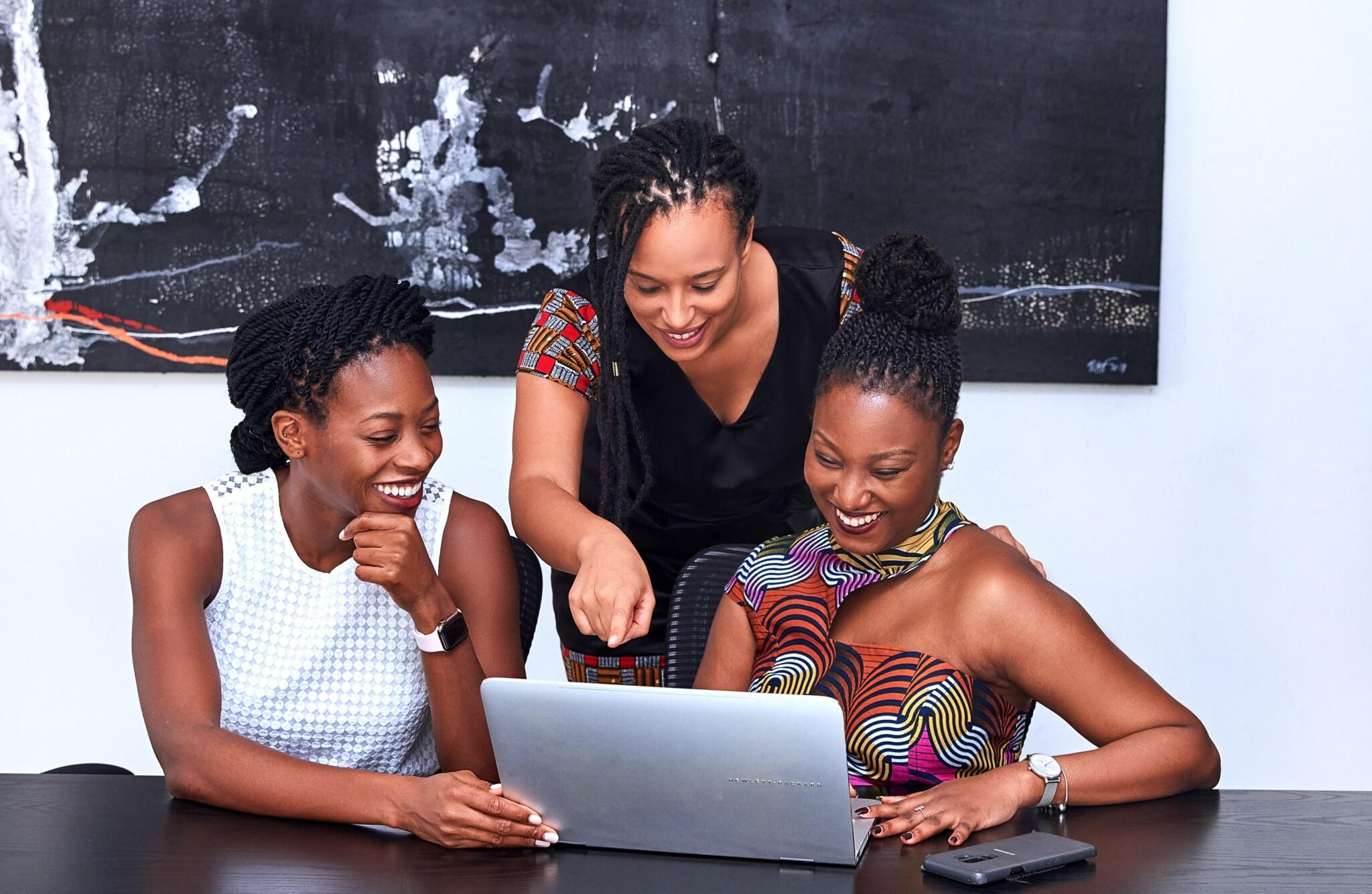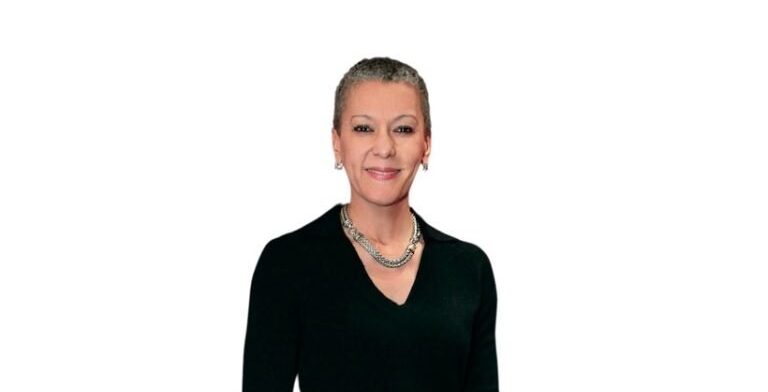Women have historically been left out of many industries over the decades but none more so than the world of finance. There is a glaring level of gender inequality in women’s financial literacy, raising capital, and venture investing that leaves women underrepresented, underserved, and underestimated.
“Women do have the power, influence, and assets to bring more women into leadership and ownership roles in the industry, yet only 0.7% of $82.24 Trillion in assets under management in the U.S. is currently being allocated to majority woman-owned asset management firms,” said Samantha Katz, Board Director and community co-founder of IDiF, a nonprofit organization committed to advancing inclusion by breaking down structural and systemic barriers in the financial services industry.

In 2022, only 2.1% of venture funding went to women-founded companies, and only 8% of current venture capitalists are women. This is a staggering number considering that according to Kauffman Fellows, women-led teams generate a 35% higher return on investment than all-male teams. Part of the bottleneck may also be the male-dominated view of investments. 53% of women founders said that when pitching their companies, male investors didn’t understand the market opportunity. It seems obvious that what we need to turn the tide is more women in financial decision-making roles, more women investors, and more women in venture.
There are several notable women leading the charge when it comes to balancing the gender discrepancy in venture investing. Sophia Platt and Emna Ghariani, co-founders of Bridge Funding Global, match female fund managers to limited partners through curated dinners and their data-driven algorithm. They have met with great success, implementing 40+ LP investments to date, managing a waiting list of 100+ GP applicants for every cohort, and hosted Melinda Gates as their keynote speaker during their recent fourth Annual Bridge conference. Notable LPs include the Walton Family Office, the Getty Museum Trust, and Pivotal Ventures.
Julie Castro Abrams, Founder & CEO of How Women Lead, a 20,000 women-strong organization launched The New Table campaign this week, introducing 10,000 women to venture capital investing to help balance the inequalities and help women step into their power. The launch coincided with the Tribeca Film Festival premiere of On Board a documentary about the history of black women on boards. Julie was recognized in the film by Black Women on Boards as a gender and racial justice advocate who has been an essential driver of the ecosystem for women on corporate boards in California.

For those who aren’t in the business of raising a fund or investing in a fund, getting started is often the biggest hurdle. For many, it can seem overwhelming and unfamiliar, but joining a community of investors where you can invest alongside other women can be a good place to start. Annie Wehrle recently launched Women Abundance Club to bring together women in Los Angeles to learn about investing. Mina Black launched The Rainmakers Collective in NY, an intimate community of women interested in investing together.
Female-led venture funds like Vitalize, The Council, and The Helm have launched angel communities, where they educate women about investing. These funds have done all of the due diligence—vetting the companies in their fund portfolios, and lowering the barrier to entry for accredited investors by starting as low as $1,000-$5,000. Women can join these communities to invest in female-founded companies in fintech, SaaS, HR technology, and healthcare.
Many women evaluating investing opportunities wonder if they qualify as an accredited investor. Accreditation is a financial requirement stipulated by the SEC to protect investors. Put simply, you must have an individual income of $200,000 or joint income with a spouse of $300,000 or have over $1 million in assets not including your primary residence. The SEC sets this requirement to protect investors.
Although we still have a long way to go to increase the number of women investors, the future does look bright. The continued launch of investor communities, educational platforms, and funds demonstrates that the venture community is working to change the statistics, recognizing that when women invest we all benefit.








